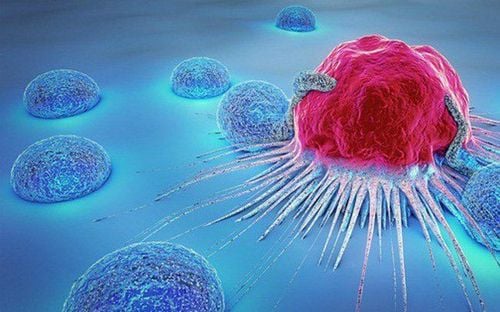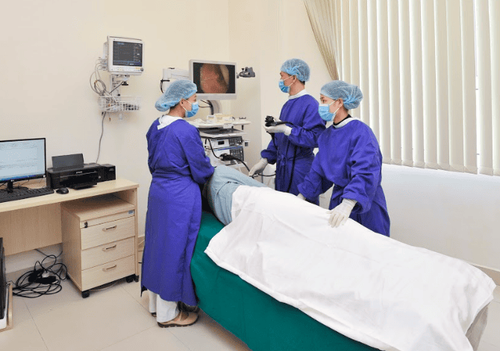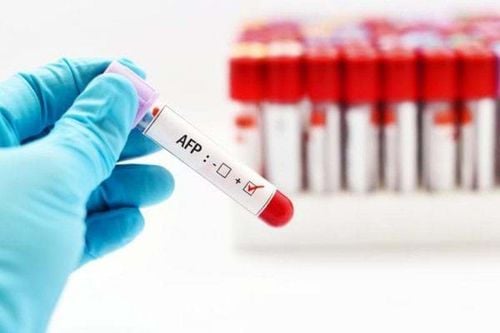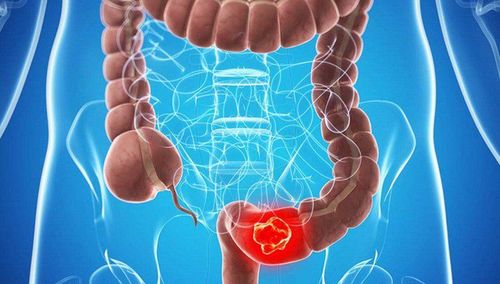This is an automatically translated article.
The article was professionally consulted by BSCK II Phung Thi Phuong Chi - Oncologist - Oncology Center - Vinmec Central Park International General Hospital.CA 15-3 antigen is a protein produced by normal mammary gland cells. The CA 15-3 antigen is often overproduced in breast cancer cells. Therefore, a high CA 15-3 is often used to monitor treatment response and recurrence of breast cancer.
1. What is the normal number of CA 15-3?
A normal CA 15-3 in healthy women is ≤ 30 U/mL. Normal values for CA 15-3 may vary slightly depending on the method of quantification, the analyzer system, and the kits used by each laboratory.
Trắc nghiệm: Những lầm tưởng và sự thật về ung thư vú
Ung thư vú có tỷ lệ tử vong cao nhất ở nữ giới khiến họ rất lo sợ bản thân mắc phải căn bệnh này. Tuy nhiên, không ít chị em có những hiểu biết thái quá về ung thư vú. Thử sức cùng bài trắc nghiệm sau sẽ giúp bạn loại bỏ được những nghi ngờ không đúng về căn bệnh này.
Bài dịch từ: webmd.com
2. CA 15-3 test warns of breast cancer risk
Generally, the higher the CA 15-3 is, the greater the risk of breast cancer. CA 15-3 levels often tend to increase as the cancer progresses. In metastatic breast cancer, CA 15-3 levels usually peak when the cancer has metastasized to bone and/or liver. In addition, higher levels of cancer markers over time may suggest that the patient is not responding to cancer treatment or that the cancer has recurred.
In contrast, a normal breast cancer marker concentration does not guarantee that the person being tested does not have breast cancer. The sensitivity and specificity of CA 15-3 are not strong enough to be used as a screening marker for breast cancer. It is possible that the cancer is too early to be detected and in about 20-25% of people with advanced breast cancer, there is no increase in CA 15-3 levels. Therefore, CA 15-3 levels are not usually checked immediately after starting breast cancer treatment.
There have been cases of transient increases and decreases in CA 15-3 levels unrelated to the patient's disease progression. Usually, doctors will wait a few weeks after starting treatment before monitoring CA 15-3 levels.
3. High CA 15-3 does not guarantee breast cancer
High CA 15-3 test can make many women confused, thinking that they have breast cancer. However, in practice, this index can be increased in other benign conditions that are not breast cancer.
Mild to moderate elevation of CA 15-3 levels can be seen in many cases, including: lung cancer, pancreatic cancer, ovarian cancer, prostate cancer, colon cancer, cirrhosis of the liver , hepatitis, benign breast diseases and can also be seen in a certain proportion of normal people. Increased tumor markers in noncancerous disorders tend to stabilize over time.
Therefore, CA 15-3 test is not enough basis to confirm breast cancer or not. To determine exactly, the patient needs to perform many other in-depth tests under the direction of a specialist. Currently there are a number of screening methods to help detect breast cancer effectively such as: breast ultrasound, mammogram... Doctors recommend women to have regular breast cancer screening, especially Especially for women over 40 years old, it helps in early detection and effective treatment.
4. Correlation between CA 15-3 and breast cancer stage
The level of CA 15-3 usually increases as the breast cancer tumor grows in size. Only less than 50% of cases of early breast cancer, small tumor size have increased CA 15-3, while CA 15-3 has high sensitivity and specificity when breast cancer metastasizes or recurs with 80% of metastatic breast cancers have elevated CA 15-3, the highest level usually seen when breast cancer has spread to the bones and/or liver. Some studies indicate that CA 15-3 levels may be elevated in larger tumors and in more advanced cancer stages. The sensitivity in breast cancer diagnosis of the CA 15-3 index depends on the selected CA 15-3 threshold:
At the threshold of 28 U/mL, the sensitivity for breast cancer diagnosis is 19% - 22% before surgery ; At the threshold of 25 U/mL, the sensitivity for diagnosis of breast cancer without lymph nodes is 16%, with lymph nodes being 54%; At the thresholds of 25, 28, and 50 U/mL, the diagnostic sensitivity of metastatic breast cancer is 54 to 91%; At a threshold > 40 U/mL, 100% of breast cancers are advanced and require hospitalization for treatment.
5. CA 15-3 increased in other cancers

Plasma CA 15-3 levels may also be increased in some other cancers: 39-71% in ovarian cancer, 14-26% in endometrial cancer, 9.1% in uterine cancer, 10-71% in gastric, pancreatic and hepatocellular carcinoma, small cell and non-small cell lung cancer.
6. CA 15-3 increases in some physiological states
CA 15-3 levels may increase >30 U/mL in 8% of pregnant women and > 25 U/mL in 4-7% of lactating women.
Currently, Vinmec International General Hospital is implementing a package of screening and early detection of breast - gynecological cancer. The examination package helps to detect diseases such as breast - cervical - uterine - ovarian cancer early even when there are no symptoms. The contents of the package include:
Examination and consultation with a specialist in Obstetrics and Gynecology; Breast cancer screening by bilateral breast ultrasound and mammography; Cervical cancer screening through automated system HPV genotype PCR test and transvaginal ultrasound of the uterus and ovaries.
Doctor Phung Thi Phuong Chi has 20 years of professional experience at Ho Chi Minh City Oncology Hospital with strengths in cancer examination, diagnosis, and surgical treatment and chemotherapy.
Doctor Chi participated in domestic and foreign training courses and was one of the first surgeons to perform Laparoscopic Gynecological Cancer Surgery in Ho Chi Minh City.
If you have any questions about breast cancer screening - gynecology, please contact Vinmec HERE for support.
MORE:
Breast cancer screening (Part I) Breast cancer screening (Part II) 3D breast ultrasound is suitable for Vietnamese breast tissue characteristics, helping to detect breast cancer













